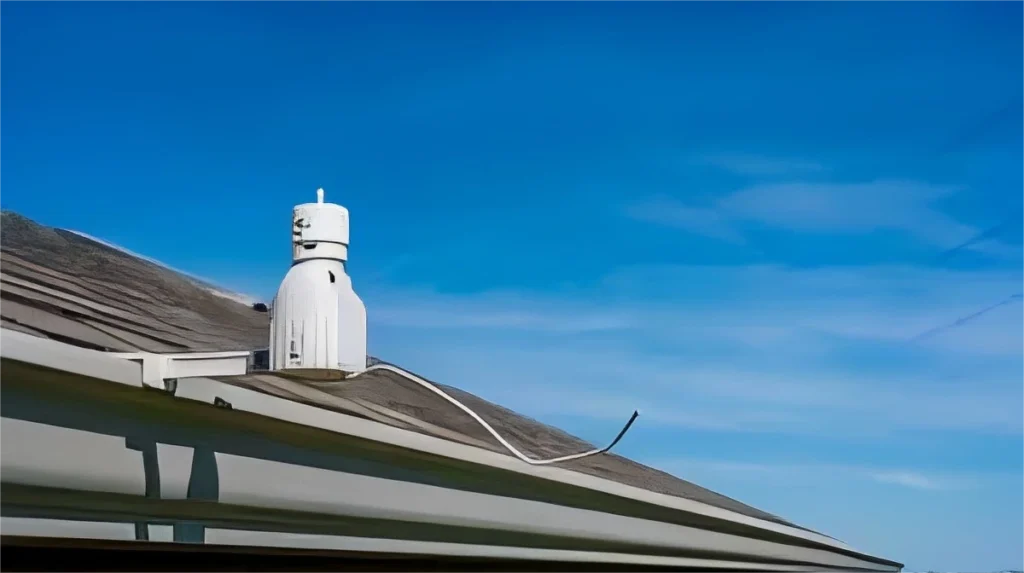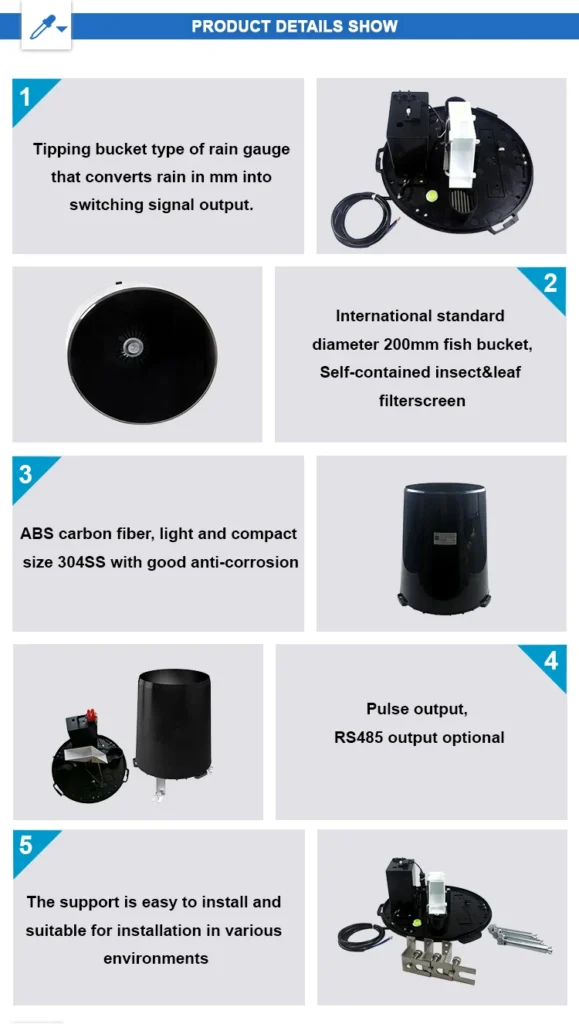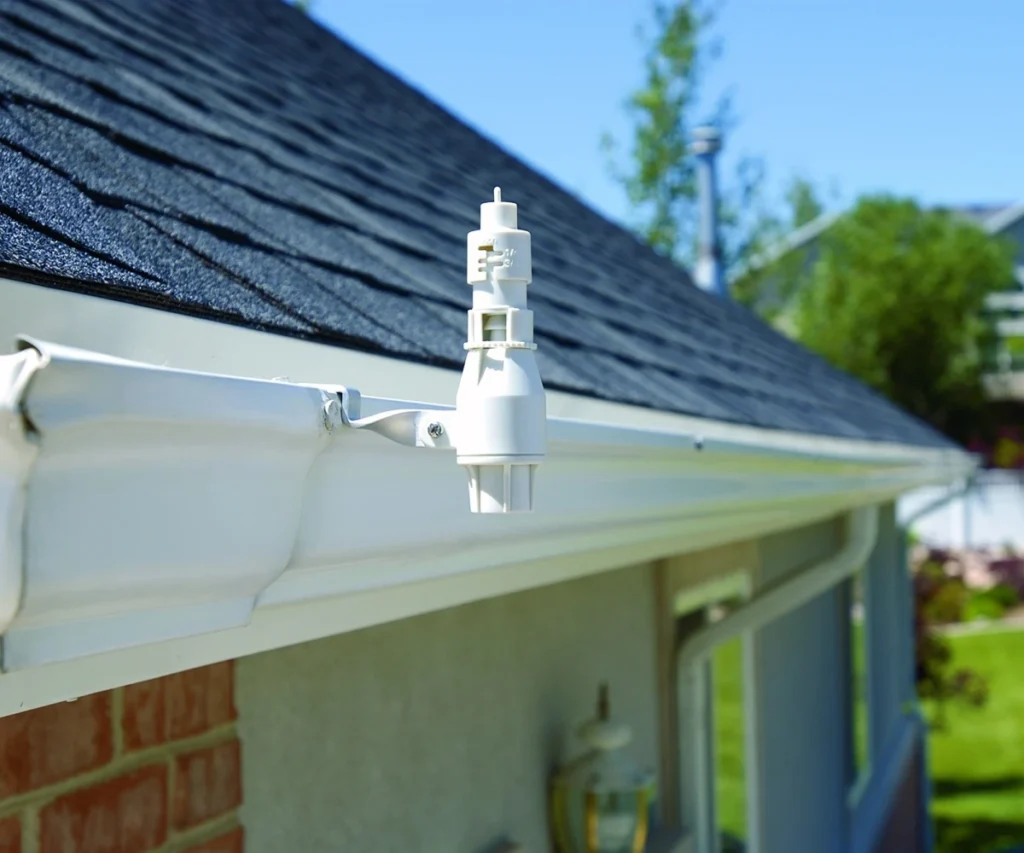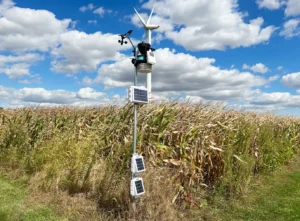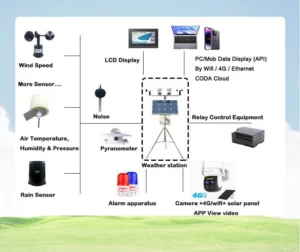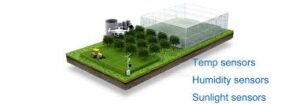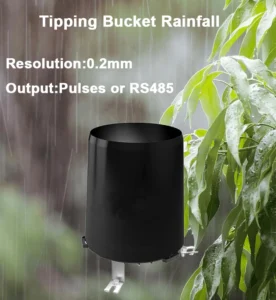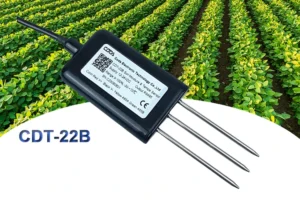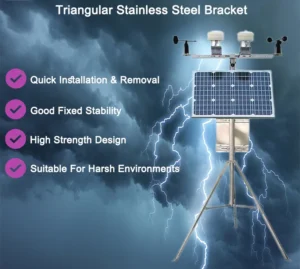How Does A Rain Sensor Work Operate ?
Rain and freeze sensors are important new technologies. They make many systems work better and safer. This guide will explain how these devices work and why they matter. It does not matter if you know about them or not.
These sensors are used in irrigation systems, outdoor lighting, and more. They help stop issues caused by bad weather. Let’s look at how they work and why they are so dependable.
The Role of Rain and Freeze Sensors
Rain and freeze sensors are important tools. They help systems react to changes in the weather, such as rain or freezing temperatures. These sensors detect certain conditions.
When they do this, they take steps to stop problems. This includes stopping too much water use or safety risks from ice.
The exact response of the system can vary based on the application. The main goal remains the same: to boost performance and lessen weather-related problems. These sensors help save resources and lower risks. They are essential for smarter and more eco-friendly operations.
Decoding Rain Sensors: Fundamentals and Functionality
Rain sensors can detect precipitation, like rain or snow. This helps connected systems change how they work. These sensors have parts that detect moisture in the air.
When moisture goes above a set level, the rain sensor sends a signal. This signal can stop irrigation or dim outdoor lights.
How Rain Sensors Detect Moisture
Rain sensors use mechanical or electronic methods to detect moisture. Here’s how these two types work:
**Mechanical Rain Sensors**
These sensors have a simple and smart design. They consist of two plates made of conductive materials like aluminum or stainless steel. These plates are kept apart by a non-conductive element, such as plastic.
In dry conditions, this insulating layer stops electrical contact. This keeps the circuit open.
When moisture is present, it connects the plates. This completes the circuit and allows electrical current to flow.
Once the circuit is complete due to moisture, the sensor sends a signal to the system. This starts actions like pausing the water sprinkler system or turning off the outdoor lights. When the moisture dries up and the circuit breaks again, a new signal brings back normal system functions.
**Electronic Rain Sensors**
These are known as capacitive rain sensors. They use capacitive sensing technology to measure moisture. Instead of using conductive plates, these sensors have a probe. This probe detects changes in the dielectric constant around it.
Rain or snow changes the dielectric constant near the sensor’s probe. When this change is seen, an electronic signal is sent to the system. Once things are normal again, the dielectric constant will become stable. Then, the sensor will tell the system to start regular operations again.
Benefits and Applications of Rain Sensors
Rain sensors provide many benefits and are used in different industries and systems. Here are some main advantages and key areas where these devices are used:
1. **Water Conservation**
One main benefit of rain sensors is that they save water. They can sense rain and stop irrigation systems. This stops watering cycle when it is not needed. This helps use water wisely and supports good water management practices.
2. **Energy Efficiency**
Rain sensors do more than save water; they also save energy. When it rains, these sensors stop irrigation. This helps reduce electricity use. As a result, operations become more energy-efficient, and utility costs go down.
3. **Avoiding Overwatering**
Watering plants too much can harm them. This includes lawns, gardens, and crops. Rain sensors help by turning off irrigation systems when it rains enough.
4. **Prolonging Equipment Lifespan**
Rain sensors help cut down on system use when it rains. This makes sprinklers and irrigation pumps last longer. With less wear and tear, maintenance needs and costs also decrease.
5. **Enhanced Outdoor**
In outdoor lighting systems, rain sensors are important for safety and convenience. When it rains, these sensors turn off the lights. This helps stop electrical dangers and saves energy from lights that are not needed.
Rain sensors are often used in homes, businesses, and farms. They help save water, cut costs, and boost efficiency. Using these sensors is a smart choice for both the environment and saving money.
Understanding Freeze Sensors
After looking at rain sensors, let’s talk about freeze sensors. These devices find freezing conditions. They help take preventive actions in connected systems.
Freeze sensors reduce the chances of ice forming. They also help keep things safe in many ways.
How Freeze Sensors Work
Freeze sensors use various technologies to detect freezing temperatures. There are two main methods:
1. **Temperature Monitoring**
Many freeze sensors work by tracking the temperature with a built-in probe. When the temperature drops below a certain level, the sensor tells the connected system to respond. This can include turning on heaters or shutting down sensitive parts.
2. **Impedance-Based Detection**
Some freeze sensors use impedance measurement. This means they check the electrical impedance of a liquid, usually water.
As temperatures drop and freezing begins, the liquid’s resistance changes. The sensor picks up this change. The system then works to stop issues caused by ice.
Benefits and Applications of Freeze Sensors
Freeze sensors offer many benefits and can be used in various industries. Let’s look at their main advantages and practical uses:
1. **Preventing Pipe Freezing:**
One common use of freeze sensors is to protect pipes from freezing. These sensors detect temperatures at or below freezing. When they sense this, they can turn on heat tracing systems.
These systems warm the pipes and stop ice from forming. This helps prevent expensive repairs from burst pipes and the damage they can cause.
2. **Protecting Outdoor Plants:**
In farming, landscaping, and gardening, freeze sensors are very important. They watch for temperature drops and can take action. For example, they can cover plants or turn on heating systems to protect sensitive plants from frost damage.
3. **Boosting Road Safety:**
Freeze sensors are important for keeping roads safe in winter. They help find freezing conditions. When they detect these conditions, they can start anti-icing or de-icing actions.
This prevents dangerous ice from forming on roads. It also helps get rid of ice that is already there. This greatly lowers the chance of accidents from slippery surfaces.
4. **Preserving HVAC Systems:**
Freeze sensors are often added to HVAC systems. They help stop damage caused by freezing.
When these sensors find very cold temperatures, they can start protective actions. This includes beginning defrost cycles or turning on heating parts to keep the system working well.
5. **Preventing Equipment Failures:**
In factories, freeze sensors help stop equipment issues from freezing. They quickly start preventive actions. This helps reduce downtime, keeps operations running smoothly, and lowers repair costs from cold-related issues.
Summary
Freeze sensors are important for finding freezing temperatures. They automatically start actions to reduce risks and improve efficiency. These sensors help prevent pipe damage, keep roads safe, and ensure industrial equipment works well. They are used in many areas.
Conclusion
Rain and freeze sensors are useful tools. They help improve safety, sustainability, and efficiency in many areas. Rain sensors detect moisture levels to stop water waste.
Freeze sensors find freezing conditions and trigger actions. This helps prevent hazards and protect systems.
Using these technologies together offers many benefits. These benefits include saving resources and reducing energy use. They also help extend equipment life and improve safety. Whether managing irrigation or protecting outdoor assets, these sensors are essential for smart and sustainable practices.
With new technology, rain and freeze sensors are getting better. They offer improved features and work well with modern systems. Their growth helps industries run more efficiently and supports a safe, sustainable future.
At **Hunan Coda Electronic Tech Co., Ltd**, we focus on what our customers need. We offer sensor solutions made from quality materials and advanced technology. Our dedicated team makes sure each product meets high quality and performance standards. This helps our customers reach their goals and supports a safer, more efficient society.
